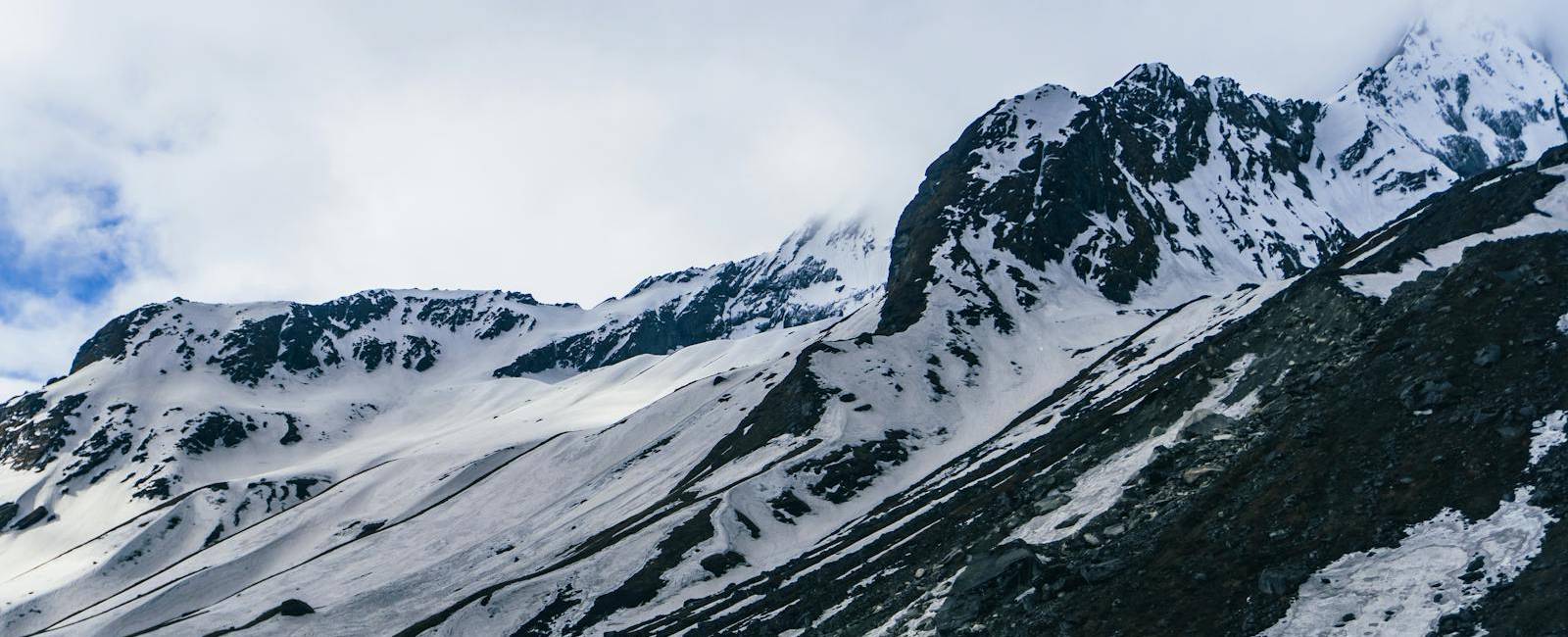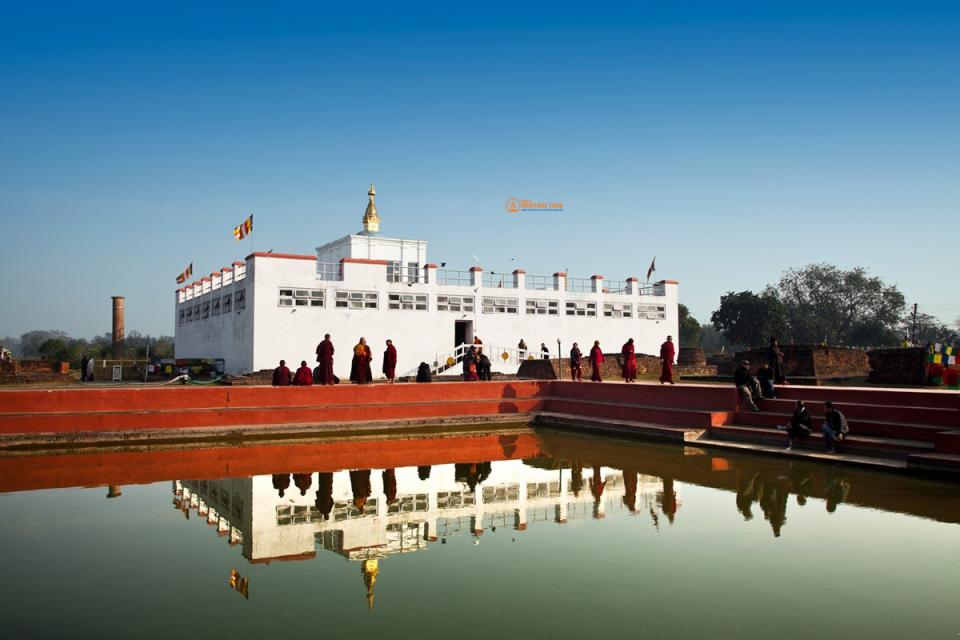Lumbini, the sacred birthplace of Lord Gautam Buddha, draws spiritual seekers, history lovers, and cultural travelers from around the world. Located in Nepal's southern Terai region, this UNESCO World Heritage Site is not only a pilgrimage destination but also a peaceful retreat surrounded by monastic zones, archaeological ruins, and the revered Maya Devi Temple.
But when is the best time to plan a Lumbini tour?
Understanding Lumbini’s seasonal weather, festival calendar, and visitor patterns is essential for making the most of your experience. In this guide, we’ll explore each season in detail to help you choose the most rewarding time for your visit - whether you’re coming for quiet reflection, cultural exploration, or photography.
Seasonal Breakdown: Visiting Lumbini Throughout the Year
Lumbini experiences a subtropical climate, meaning it has hot summers, mild winters, and a distinct monsoon season. Each season offers a unique flavor, but some periods are undoubtedly more pleasant and spiritually vibrant than others. Here’s a breakdown to help you decide the best time for a Lumbini tour in 2026/27:
Autumn (October to November) - Most Ideal Time
Autumn is widely considered the best season to visit Lumbini. The monsoon rains have cleared the air, the skies are clear, and temperatures are moderate, ranging between 15°C to 30°C. This is the perfect time for sightseeing, peaceful walks around the monastic zones, and photography.
-
Why visit now: Pleasant weather, lush greenery, and optimal conditions for temple visits and meditation.
-
Pro tip: Book accommodations early, as this season attracts both domestic and international visitors.
Winter (December to February) - Cool and Serene
Winter brings cooler mornings and evenings, with daytime temperatures hovering around 10°C to 25°C. It’s a good time for those who prefer a quieter atmosphere, as the crowds thin out compared to autumn.
-
Why visit now: Crisp air, fewer tourists, ideal for reflection and slow travel.
-
What to bring: Warm clothing for early mornings and nights.
Spring (March to April) - Spiritual and Festive
Spring is another excellent time to visit, especially in April, when Buddha Jayanti, the birth anniversary of Lord Buddha, is celebrated with great devotion. The park blooms with flowers, and cultural programs light up the town.
-
Why visit now: Festive energy, cultural immersion, warm and sunny days.
-
Don’t miss: The vibrant celebrations around Maya Devi Temple during Buddha Jayanti.
Summer (May to June) - Hot and Dry
Summer temperatures can soar above 38°C, making outdoor exploration less comfortable. However, if you can bear the heat, this is the least crowded time to explore the sacred sites without distraction.
-
Why visit now: Quiet surroundings, budget-friendly rates.
-
Caution: Stay hydrated and avoid mid-day travel.
Monsoon (July to September) - Lush but Wet
The monsoon season brings heavy rain, high humidity, and occasional flooding. While the surroundings become green and photogenic, travel can be disrupted by weather.
-
Why visit now: Scenic beauty, spiritual ambiance, but less practical for moving around.
-
Considerations: Carry waterproof gear and be flexible with your schedule.
Best Times Based on Traveler Interests
While weather is a major factor, the best time to visit Lumbini can also depend on your travel goals. Whether you're a spiritual seeker, a photographer, or a cultural explorer, here's a guide to match your interests with the right season:
For Spiritual Pilgrimage
If your purpose is spiritual reflection or Buddhist pilgrimage, the winter (December-February) and spring (March-April) months are ideal. These periods are quieter and more contemplative, with cooler weather perfect for meditation in the monastic zones or peaceful visits to Maya Devi Temple.
- Bonus Tip: Arrive in April for Buddha Jayanti, when the energy and devotion in Lumbini reach a spiritual high.
For Photography & Nature Walks
Photographers will love autumn (October-November) for its clear skies, golden light, and lush post-monsoon greenery. Spring also offers colorful surroundings, blooming gardens, and vibrant temple activities.
- Ideal conditions: Morning or late afternoon light during autumn creates the most dramatic temple and landscape shots.
For Cultural Exploration
Interested in local culture, history, and heritage? Visit during spring festivals like Buddha Jayanti in April or the Tihar/Diwali period in autumn. You'll see monks performing rituals, traditional decorations, and community events.
- Don't Miss: Interactions with resident monks, visiting the Lumbini Museum, and exploring the different international monasteries representing global Buddhist traditions.
For Budget or Off-Peak Travel
If you're looking for lower prices and fewer tourists, the summer (May-June) and monsoon season (July-September) are your windows. While weather may be a challenge, you’ll enjoy solitude and better deals on accommodation and travel.
Conclusion
Lumbini is a timeless destination that offers peace, reflection, and profound cultural depth no matter when you visit. However, choosing the right time for your Lumbini tour - whether it’s the clear skies of autumn, the spiritual festivals of spring, or the tranquil calm of winter - can make your journey even more meaningful.
To ensure your visit is well-planned and deeply enriching, consider booking with Best Heritage Tour. With years of experience organizing cultural and spiritual tours across Nepal, their Lumbini tour packages are tailored to provide comfort, insight, and a truly transformative experience.
Contact Best Heritage Tour:
Visit: www.bestheritagetour.com
Phone/Whatsapp: +977-9851149197
Email: info@bestheritagetour.com / bestheritagetour@gmail.com
Office: Thamel Marg, Kathmandu, Nepal
Step into the birthplace of Buddha with clarity, peace, and the right season guiding your journey.
Author: Best Heritage Tour
Date: 31st July, 2025


